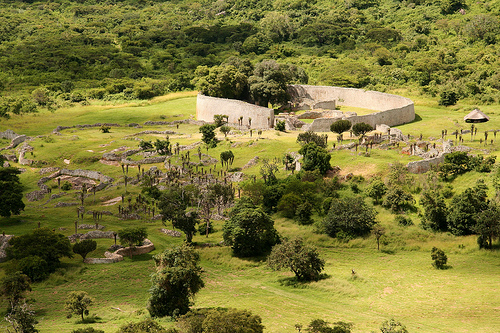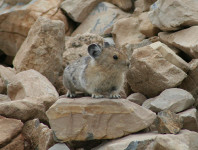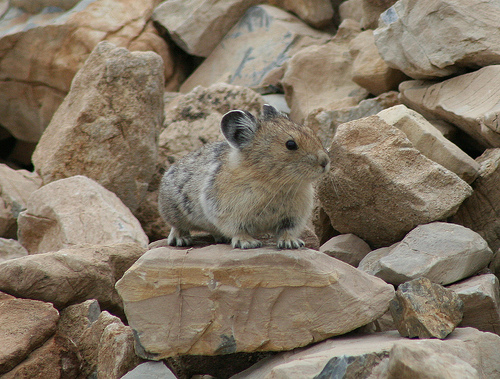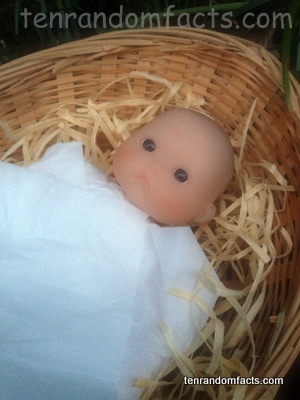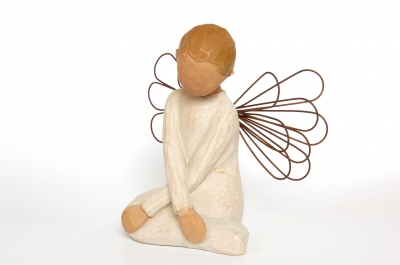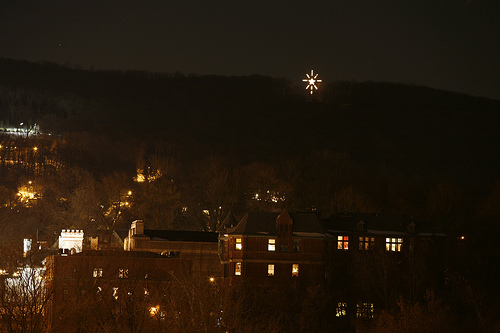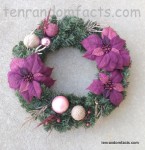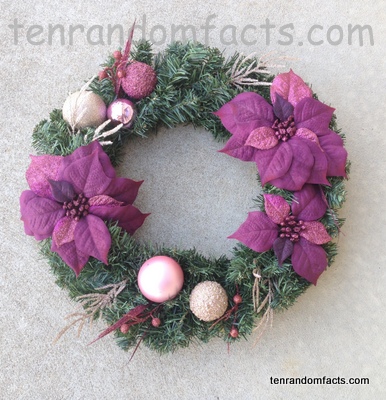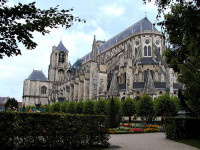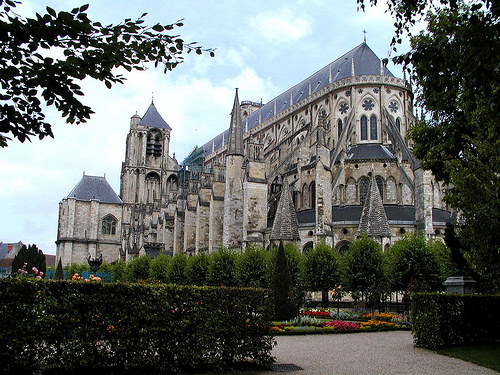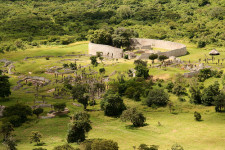
Great Zimbabwe is much more than a crumbling ruin.
- Great Zimbabwe is the remains of an old, abandoned city, found in Africa’s Zimbabwe, in an elevated part of the country.
- The actual city of Great Zimbabwe encompasses an area of approximately 0.8 square kilometres (0.3 square miles), while the protected area, as designated by the World Heritage Convention, covers an area of 7.2 square kilometres (2.8 square miles).
- Communities had been living on the site of Great Zimbabwe since around 300 AD, although it wasn’t until around 1000 AD that the building of the city first commenced.
- Great Zimbabwe was a once thriving city made of granite stone, that had at least one wall reaching 11 metres (36 feet) in height, and the city is believed to have been built by the native Bantu people.
- Great Zimbabwe is believed to have been the central point and home to rulers of the area; and the city was in prominent use from around 1000 to 1450 AD.
Great Zimbabwe
Image courtesy of Erik Torner/Flickr
- Many objects of archaeological significance have been found on the site of Great Zimbabwe, including soapstone sculptures and figurines, jewellery, money, weaponry and pottery.
- Great Zimbabwe was originally a prominent centre of trade, with ivory and gold on offer; and the city is believed to have become vacant when a variety of resources became depleted.
- Portuguese records have shown knowledge of Great Zimbabwe since the 1500s, although it was not until the late 1860s that Europeans found and took interest in the site, and by 1893, the site was designated as a protected area.
- Great Zimbabwe was declared a UNESCO World Heritage Site in 1986, as the ‘Great Zimbabwe National Monument’ and it is also known as the ‘capital of the Queen of Sheba’, due to speculation of its origin.
- Great Zimbabwe sits at 1100 metres (3,609 feet) above sea level, and was, and still is a site of spiritual significance for some people.
Bibliography:
Great Zimbabwe, 2014, Wikipedia, http://en.wikipedia.org/wiki/Great_Zimbabwe
Great Zimbabwe National Monument, 2014, UNESCO World Heritage Convention, http://whc.unesco.org/en/list/364






